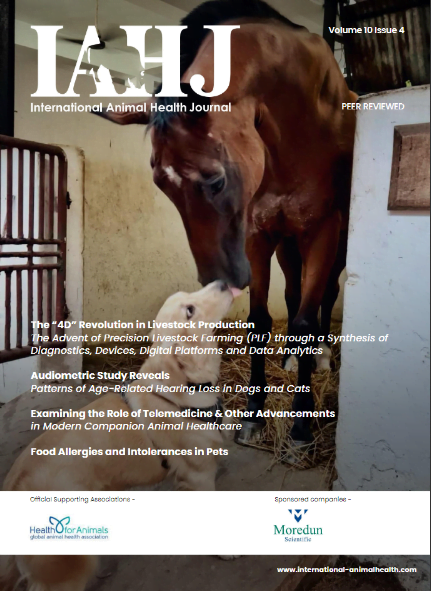
Researchers have found testing anti-epileptic drugs’ effectiveness and safety for cats has been generally subpar, worse than what was formerly reported in dogs.
Scientists from Ghent University, University of Veterinary Medicine, Vienna and the RVC have reviewed and assessed “vast amounts” of data to come to their conclusion.
Below par
They found much of the evidence for the medical treatment of feline epilepsy was based on below-par reporting of efficacy and adverse effect. It is hoped these findings will inform practices going forward, highlight the need for more high-quality evidence and, by extension, improve the treatment that epileptic cats receive.
The work, published in BMC Veterinary Research, was the first-ever systematic review on the efficacy and safety of all anti-epileptic drugs (AEDs) in feline epilepsy. The aim of the study was to assess the efficacy and adverse effect of each AED by analysing available data published then evaluating how reliable it was.
Evaluation criteria
The researchers gathered, screened and assessed all the information published in peer-reviewed journals and publications. The individual studies were evaluated based on the quality of evidence, study design, study group sizes, subject enrolment quality and overall risk of bias, as well as the efficacy and safety outcome measures.
Lead author of the study Marios Charalambous, from Ghent University, said: ”We recruited systematic methods to combine, compare and summarise the results of independent studies and, therefore, create more objective and reliable conclusions based on the current evidence.
”It was a time-consuming, demanding and challenging process, and we hope we provided the clinicians with essential information they can use for daily practice.”
New perspective
Holger Volk, head of the Department Clinical Science and Services and professor of veterinary neurology and neurosurgery at the RVC, summarised: “Not only does this study offer a new perspective on the management of feline epilepsy, but also highlights the importance of the need for trials that provide high-quality evidence to have more reliable and objective results about the efficacy and safety of the AEDs in feline epilepsy.”
Scientists from Ghent University, University of Veterinary Medicine, Vienna and the RVC have reviewed and assessed “vast amounts” of data to come to their conclusion.
Below par
They found much of the evidence for the medical treatment of feline epilepsy was based on below-par reporting of efficacy and adverse effect. It is hoped these findings will inform practices going forward, highlight the need for more high-quality evidence and, by extension, improve the treatment that epileptic cats receive.
The work, published in BMC Veterinary Research, was the first-ever systematic review on the efficacy and safety of all anti-epileptic drugs (AEDs) in feline epilepsy. The aim of the study was to assess the efficacy and adverse effect of each AED by analysing available data published then evaluating how reliable it was.
Evaluation criteria
The researchers gathered, screened and assessed all the information published in peer-reviewed journals and publications. The individual studies were evaluated based on the quality of evidence, study design, study group sizes, subject enrolment quality and overall risk of bias, as well as the efficacy and safety outcome measures.
Lead author of the study Marios Charalambous, from Ghent University, said: ”We recruited systematic methods to combine, compare and summarise the results of independent studies and, therefore, create more objective and reliable conclusions based on the current evidence.
”It was a time-consuming, demanding and challenging process, and we hope we provided the clinicians with essential information they can use for daily practice.”
New perspective
Holger Volk, head of the Department Clinical Science and Services and professor of veterinary neurology and neurosurgery at the RVC, summarised: “Not only does this study offer a new perspective on the management of feline epilepsy, but also highlights the importance of the need for trials that provide high-quality evidence to have more reliable and objective results about the efficacy and safety of the AEDs in feline epilepsy.”











